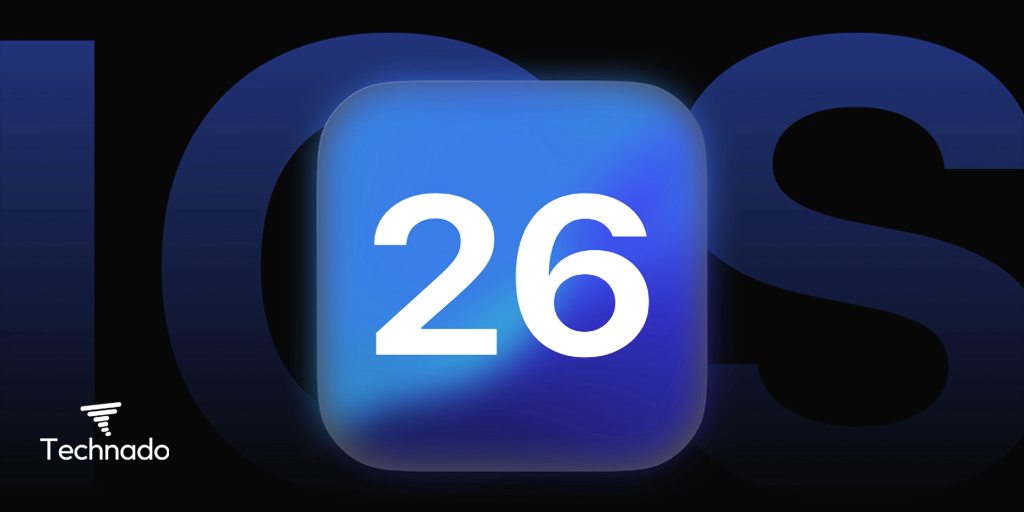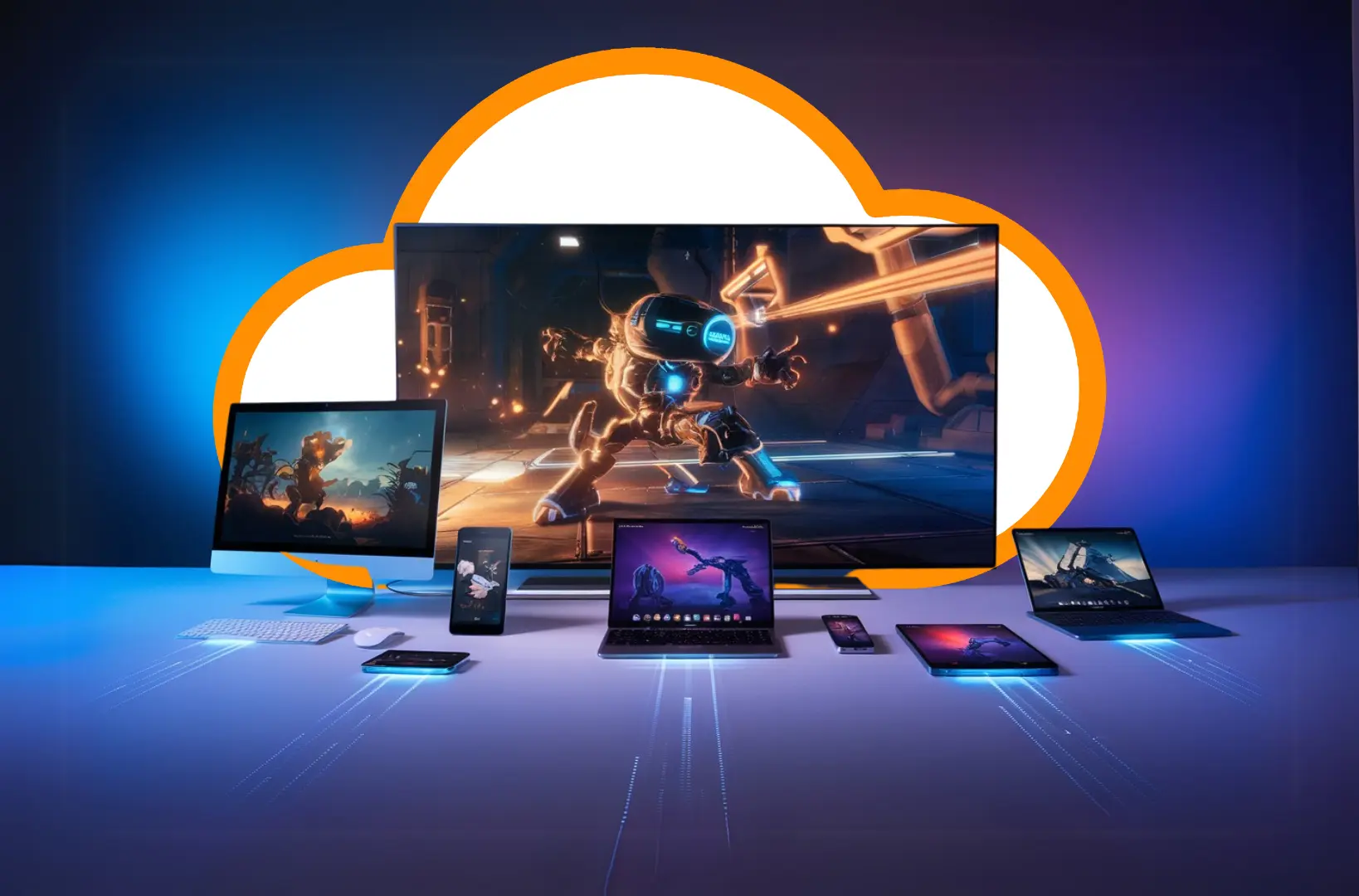The GPU landscape is about to shift as AMD introduces the Radeon RX 9070 and 9070 XT, delivering a massive 20% to 40% performance boost over their predecessors. With NVIDIA holding a tight grip on the high-end gaming and creative market, AMD is making a bold move to challenge Team Green in both power efficiency and raw performance. The latest RDNA 4 architecture introduces groundbreaking improvements, making these cards a serious alternative for gamers, content creators, and power users looking for the best bang for their buck.
For years, NVIDIA’s RTX lineup has set the bar in AI-powered gaming, ray tracing, and DLSS technology. However, AMD is now closing the gap with FSR 3.0, AI-driven optimizations, and superior efficiency. So, the big question is: Should you choose AMD over NVIDIA this time? In this deep dive, we’ll explore how the RX 9070 and 9070 XT stack up against the competition, whether they justify the hype, and which card might be your next upgrade.
RDNA 4: The Game Changer
AMD’s RX 9070 and 9070 XT are built on the RDNA 4 architecture, which brings a series of upgrades designed to push performance to the next level. The improvements include:
- Enhanced Compute Units: AMD has optimized its shader engines, resulting in better performance-per-watt.
- Advanced Ray Tracing: AMD’s ray tracing performance is catching up to NVIDIA’s RTX series.
- Faster Memory: The cards utilize GDDR7 memory, which significantly boosts bandwidth and load times.
- AI-Driven Performance Optimizations: Leveraging AI, AMD has fine-tuned power consumption and clock speeds for more efficient operation.
The result? AMD claims the RX 9070 and 9070 XT offer 20% to 40% more power than their predecessors, making them a serious contender for gamers and content creators alike.
Performance Showdown: RX 9070 & 9070 XT vs. NVIDIA
Now, let’s get to the juicy part: how do these GPUs stack up against NVIDIA’s latest lineup?
Gaming Benchmarks
Early benchmarks suggest that the RX 9070 XT edges out the RTX 4080 Super in many modern games, particularly in rasterized performance. Here’s a quick comparison based on leaked benchmark scores:
| Game Title | RX 9070 XT (Avg. FPS) | RTX 4080 Super (Avg. FPS) | Performance Difference |
| Cyberpunk 2077 (4K, Ultra) | 98 FPS | 92 FPS | +6% |
| Starfield (4K, Ultra) | 87 FPS | 79 FPS | +10% |
| Call of Duty MW3 (1440p, Max) | 176 FPS | 168 FPS | +5% |
| Baldur’s Gate 3 (4K, Ultra) | 112 FPS | 108 FPS | +4% |
While NVIDIA still has an edge in ray tracing performance thanks to its more mature DLSS technology, AMD’s FSR 3.0 is closing the gap. If you prioritize rasterization-heavy gaming, the RX 9070 XT looks like a solid choice.
Power Efficiency & Thermals
One of AMD’s biggest wins with RDNA 4 is improved power efficiency. The RX 9070 and 9070 XT consume around 20-25% less power than their NVIDIA counterparts while delivering similar or better performance.
This means:
- Less heat generation — ideal for those who prefer quieter builds.
- Lower energy bills — an underrated advantage, especially for long gaming sessions.
- Better longevity — less strain on your power supply and components.
Pricing & Value for Money
Pricing plays a massive role in the GPU market, and AMD has historically been the budget-friendly option. While official pricing hasn’t been confirmed, leaks suggest:
- Radeon RX 9070 XT: Around $799-$849
- Radeon RX 9070: Around $699-$749
For comparison:
- RTX 4080 Super: Priced at $999+
- RTX 4070 Ti Super: Around $799-$849
This means AMD is undercutting NVIDIA while offering comparable or better performance, making the RX 9070 series a tempting buy for those who want high-end power without breaking the bank.
The Future of AI & Ray Tracing
NVIDIA has long held the AI advantage, with its proprietary DLSS (Deep Learning Super Sampling) pushing performance in ways AMD struggled to match. However, AMD is stepping up with FSR 3.0, which introduces frame generation technology and improved upscaling algorithms.
While FSR 3.0 still doesn’t quite match DLSS 3, it’s a game-changer for AMD users, providing AI-powered performance boosts without the need for dedicated hardware like NVIDIA’s Tensor Cores.
In ray tracing, NVIDIA still leads, but AMD is narrowing the gap. With games optimizing for AMD hardware, the RX 9070 and 9070 XT might finally make ray tracing an attractive option for Radeon users.
Should You Buy the RX 9070 or 9070 XT?
Who Should Buy?
- Gamers who prioritize raw rasterized performance over ray tracing.
- Content creators who need powerful GPUs for video editing, 3D modeling, and AI workloads.
- Users looking for power-efficient GPUs that run cooler and quieter.
- Anyone seeking the best performance-per-dollar against NVIDIA’s higher-priced cards.
Who Should Wait?
- Ray tracing enthusiasts who want the absolute best performance might still prefer NVIDIA.
- AI-focused users relying on DLSS 3 and other NVIDIA-exclusive features.
- Budget-conscious buyers who can wait for price drops or mid-range RDNA 4 releases.
Conclusion
The Radeon RX 9070 and 9070 XT are proof that AMD is no longer just the underdog in the GPU race—they’re a serious competitor to NVIDIA’s high-end offerings. With a 20% to 40% performance boost, better power efficiency, and a competitive price, AMD is making a compelling case for gamers and creators to consider Team Red over Team Green. While NVIDIA still leads in AI-based features and ray tracing, AMD’s FSR 3.0 and efficient RDNA 4 optimizations are closing the gap rapidly.
So, is now the time to switch to AMD? If you’re looking for the best performance at a reasonable price, the RX 9070 and 9070 XT are hard to ignore. The GPU wars are far from over, and one thing is certain: competition means better options for consumers.
What are your thoughts? Would you choose AMD this time, or is NVIDIA still your go-to choice? Let us know in the comments!
Suggested Reads:
Zeekr 007: Sub-10-Minute EV Charging with Golden Battery
Startup Tech Stack 2025: Your Ultimate Guide
Frontend Developer Roadmap 2025: Your Complete Guide

Burhan Ahmad is a Senior Content Editor at Technado, with a strong focus on tech, software development, cybersecurity, and digital marketing. He has previously contributed to leading digital platforms, delivering insightful content in these areas.







